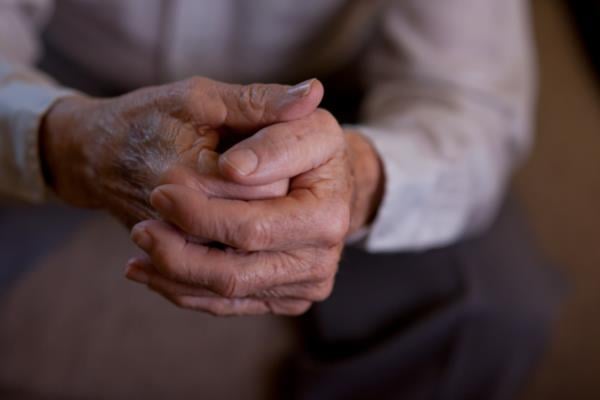Discover the ways you could empathize with those who have sensory loss. These simple exercises can recreate the effects of these conditions.
- Blurry or low vision – Imagine being unable to see the world clearly or living with blind spots or no peripheral vision. Approximately one person in three has some form of vision-reducing eye disease by the age of 65, according to the American Family Physician.
Discover how challenging it can be to have blurry or low vision by trying this at home. Impaired vision could make doing even simple tasks more difficult. Try this:
- Check out the Cooking with Cataracts interactive video to discover what it might be like to bake Grandma’s favorite cookies if you have cataracts.
- Fold a plastic bag four times and hold it in front of your eyes, then attempt to make out words on a paper or images in front of you.
- Place Vaseline on eyeglasses to recreate the cloudy vision of those who have cataracts.
- Stick masking tape on each half of an eyeglass lens to help empathize with someone who has glaucoma.
- Muffled sounds – Consider being unable to hear a television show or conversation. Approximately nine in ten Canadians over the age of 60 are living with some level of hearing loss, but only a quarter of them realize it, according to Statistics Canada.
Hearing impairment can threaten quality of life. Try this at home:
- Attempt to have an interactive conversation wearing earplugs.
- Check out a hearing loss phone app or simulation to experience what it’s like to live with hearing loss.
- Say the phrase: “The five senses tend to decline with senescence.” Next, remove f, s, c and th and say it again. All you will likely hear is “e ive en e tend to de line wi ene en e.” This exercise shows just how easy high-frequency hearing loss might lead to delusion and confusion.
- Loss of feeling – Contemplate what it would be like to experience numbness and tingling in the hands or feet. A recent survey suggests up to 8.1 per cent of Canadians could be living with some form of peripheral neuropathy.
Loss of feeling could threaten mobility and jeopardize safety. Try this at home:
- Put corn kernels in socks and try walking to better understand what it’s like to experience neuropathy.
- Place cotton balls in the tips of plastic gloves. Now put slender wooden sticks or coffee stirrers in each finger and try to handle everyday tasks such as opening a pill bottle.
- Tasteless meals – Think about your favorite food, how it melts in your mouth and what you enjoy most about the texture and taste. Now, imagine that you couldn’t taste that culinary favourite or you couldn’t chew. By the age of 65, 50 percent of taste buds are lost by the average adult.
Without taste, aging adults may not be getting the nutrition they need. Try this at home:
- To simulate what it would be like to face dental challenges, place two unsalted crackers in your mouth and drink an unsweetened drink mix, coloured water or weak lemonade. Eat the cracker without chewing to illustrate the decrease in dental health.
- Smell an onion while eating an apple to experience how it changes the taste. Loss of taste can be an issue for those on multiple medications or being treated for diseases such as cancer.
- Lost scent – Reflect on the smell of your favourite candle or the aroma of a much-loved recipe. Hyposmia, the partial loss of smell, is highly prevalent in people who suffer from age-related diseases, like Parkinson’s and dementia.
Smell and taste go hand in hand. Inability to smell might impact appetite. Try this at home:
- Since smell and taste are so closely aligned, try eating your favourite food or milling around your favourite candle while wearing nose plugs.
- Cut up foods similar in texture such as apples, carrots and potatoes. Then hold your nose or wear nose plugs. Close your eyes and ask someone to put the foods under your nose. Try to identify those by smell.
After completing these exercises, you’ll have a better idea of what many aging adults face as they experience sensory loss. To see what you can do to protect and preserve the senses, check out 10 Ways to Save Your Senses.
In-Home Care for Chronic Conditions





